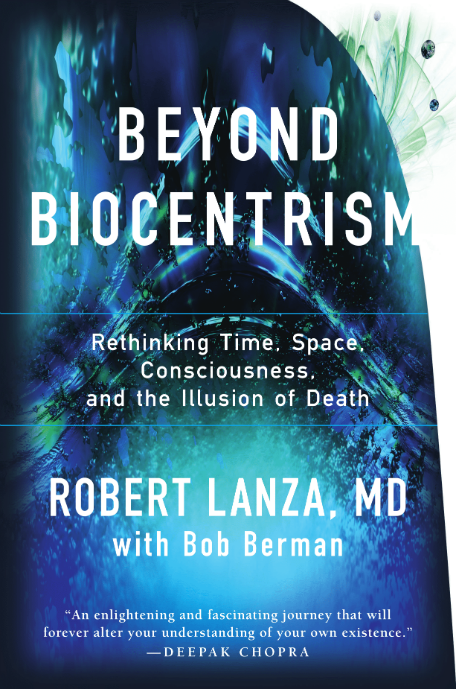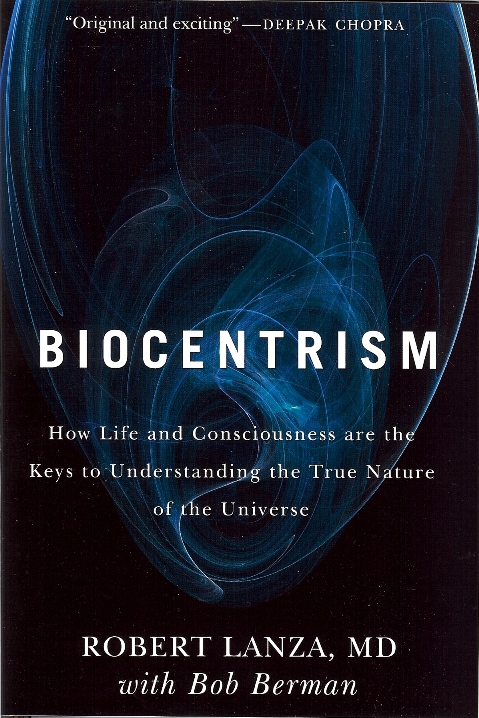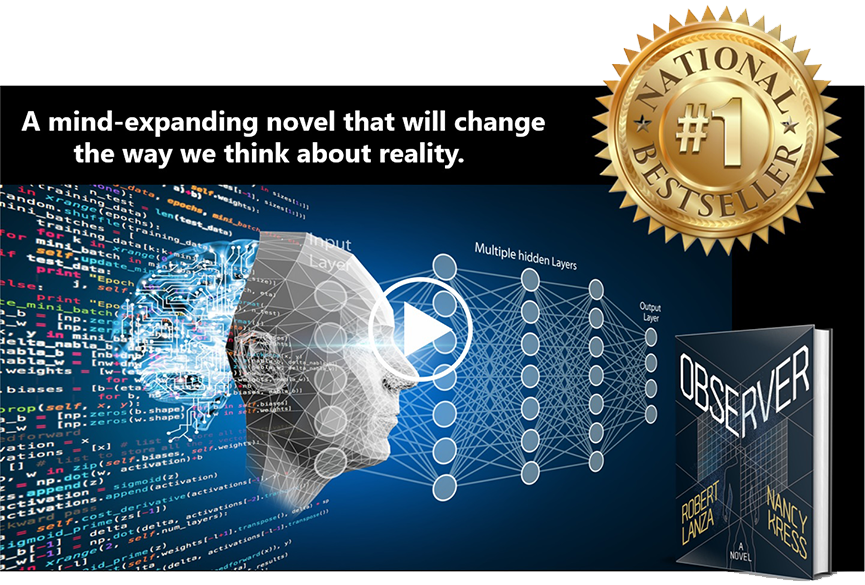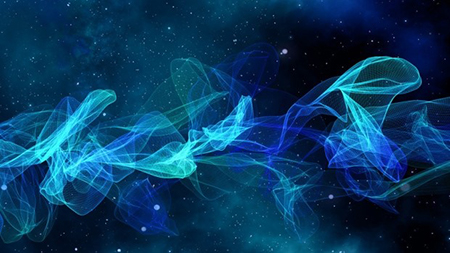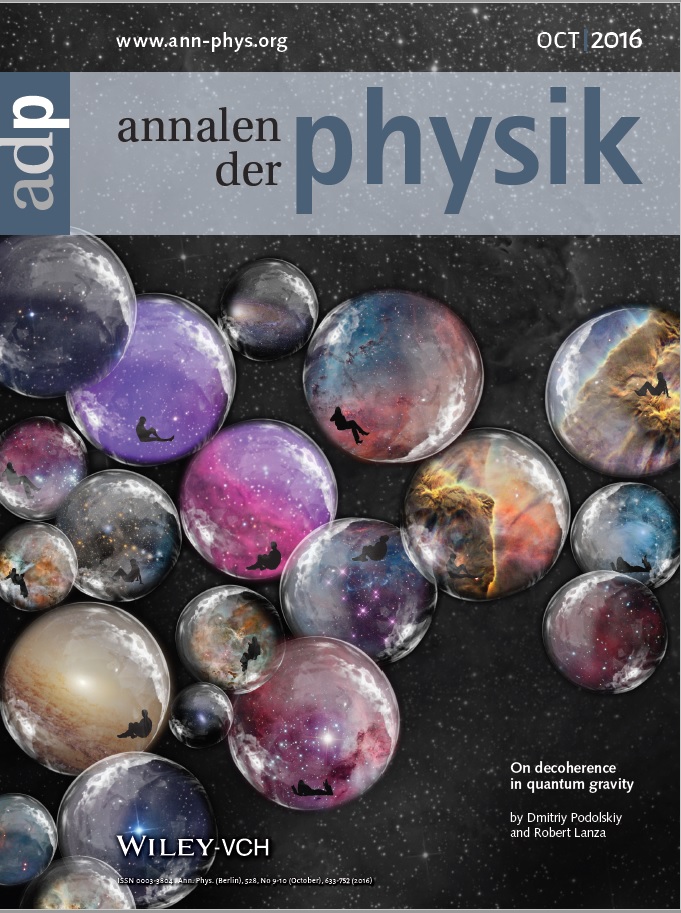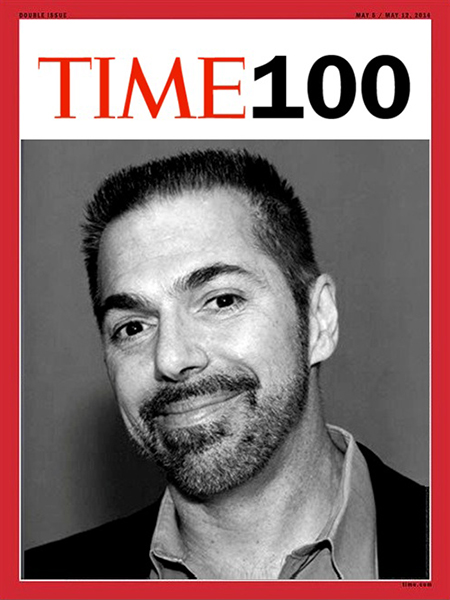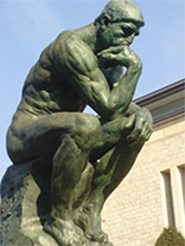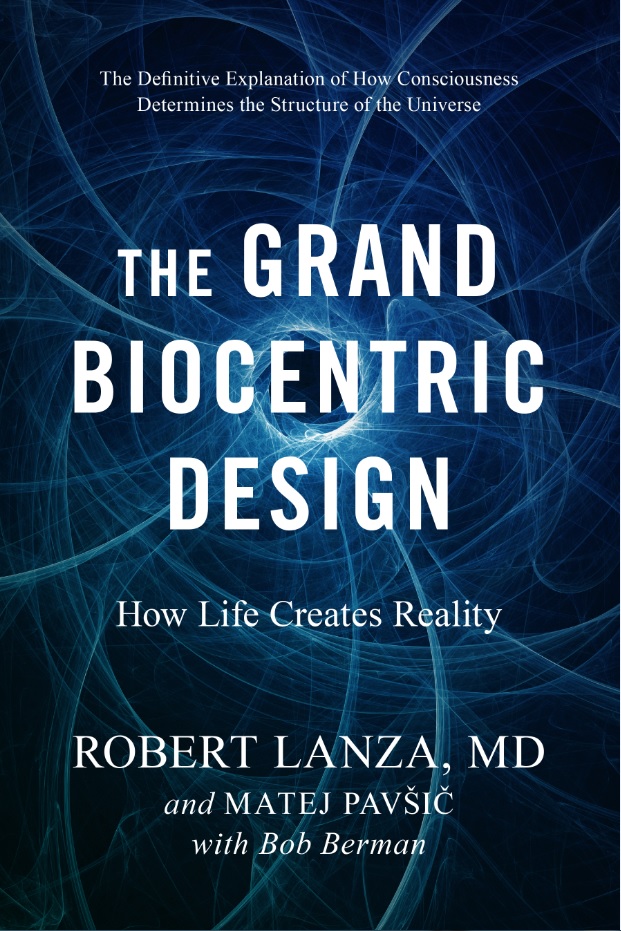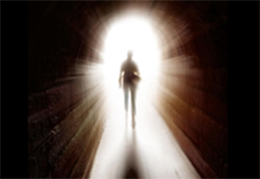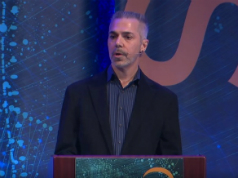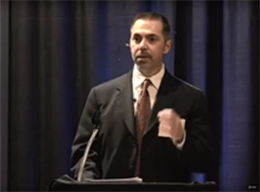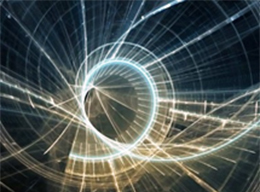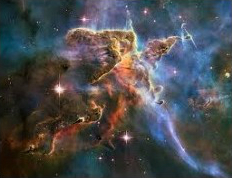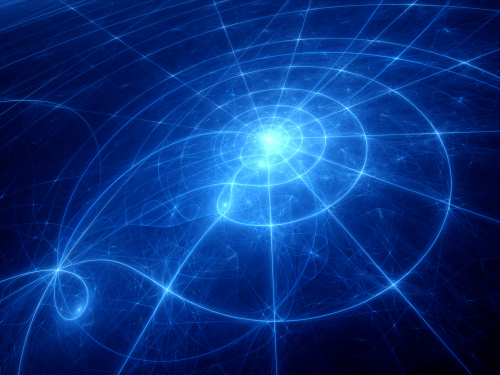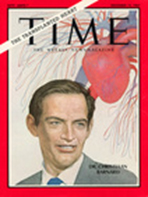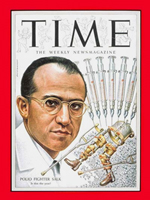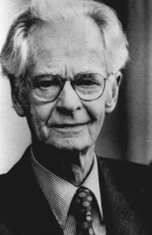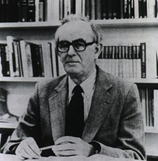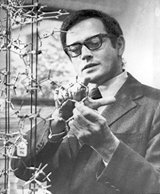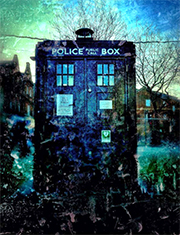New theory says justice is built into the fabric of the universe
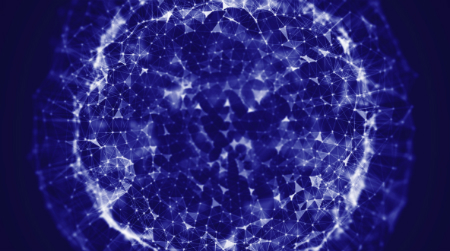
There is no ethics or morality associated with the current scientific worldview. However, in time biocentrism may lead to an ethics not unlike the one the Na’vi had in the movie Avatar. Of course, the impact of a new paradigm takes time. The more people understand the basic premise, the more humanistic society’s inclinations will be.
We think there is an enclosing wall, a circumference to us. We suppose ourselves to be a pond, and if there is any justice it must approach upon these shores. However, there are consequences to our actions that transcend our ordinary, classical way of thinking. Biocentrism explains the union that the one man and creature have with the other.
Space and time are not the hard, cold walls we think. Our individual separateness is an illusion. Ultimately, we are all melted together, parts of a single entity that transcends space and time. The criminal and the victim are one and the same, not in our external embodiments but in our inner being. Justice is built into the very fabric of nature. Make no mistake about it: it will be you who looks out the eyes of the victim or the recipient of kindness – whichever you choose. Nature’s justice is inescapable and absolute.
As I left my house this morning, I saw a robin fly into a nearby bush with a worm in her mouth. We humans aren’t much different, really; we also evolved as hunters to feed our families and young. However, along the way we used our increased brain capacity to make guns and ICBMs and to wage war with each other. And not just with each other. Indeed, a new study showed that humanity is responsible for the loss of over fourth-fifths of all the wild mammals that populated the earth.
Science’s assumption of a dumb random universe, in which life arose by chance, has had the effect of isolating us from the world. This, together with the growing abandonment of religion has led to a sense that, in a cosmos ruled by accidents rather than by plan and/or perfection, we humans need to exploit the environment and grab what we can. It has set up an antagonistic outlook: Man against nature.
The current paradigm has proven more than merely incapable of providing any picture of reality that makes sense. It has also fundamentally alienated us from nature. The acceptance of biocentrism will have a positive psychological outcome on changing this mindset. Of course, truly seeing the reality that we are one with nature and not apart from it, that consciousness is correlative with the cosmos, immediately helps ameliorate our war with the environment.
Biocentrism shows that there are consequences to our actions that transcend our ordinary, classical way of thinking. Emerson was right: “Every crime is punished, every virtue rewarded, every wrong redressed, in silence and certainty.”
I remember a warm night in the summer, sitting out fishing in the pond. Now and then, I could feel the vibrations along the line linking me with the life prowling about the bottom. At length I pulled some bass, squeaking and gasping into the air. It was remarkable with what innocence I sat there. It was an epistemological puzzle to feel a tug, and to be conscious at the same time of a part of me that, as it were, wasn’t a part of me, but scale and fin, circling the hook, slow to strike. I was sensible of a certain doubleness as I grappled with the implications of quantum theory.
Surely, this is what Spinoza meant when he contended that consciousness can’t exist simply in space and time, and at the same time is aware of the interrelations of all parts of space and time. In order to have knowledge of a pout or a pickerel, I must have somehow been identical with them.
How can this be, you ask? How is it managed, that for real experiments with electrons, that a single particle can be at two places at once? See the loon in the pond or the North Star? How deceptive is the space that separates them and makes them solitary. Aren’t they the subjects of the same reality that interested John Bell, the physicist who proposed the experiment that once and for all answered the question of whether what happens locally is affected by nonlocal events?
Experiments from 2007 to 2021 have shown that this is indeed the case; in one recent study, entangled particles were sent zooming along optical fibers until they were seven miles apart. But whatever action they took, the communication between them happened instantaneously (faster than the speed of light). This is what Albert Einstein called “spooky action at a distance.” Today no one doubts the connectedness between bits of light or matter, or even entire clusters of atoms. They’re intimately linked in a manner suggesting there’s no space between them, and no time influencing their behavior.
In the same way, there is a part of us that is connected to the fish in the pond. It is the part that experiences consciousness, not in our external embodiments but in our inner being. We can only imagine and recollect things while in the body, for sensations and memories are molded into knowledge and thought in the brain. And although we identify ourselves with our thoughts and affections, it’s an essential feature of reality that we experience the world piece by piece, as, for instances, each of the fish that I caught that summer.
Everything you experience is a whirl of information occurring in your head; according to Biocentrism, space and time are simply the mind’s tools for putting it all together. However solid and real the walls of space and time have come to look, there is a part of us that is no more human than it is animal – even the fish, sporting there in the pond, a part of us unwittingly tempted by a bunch of worms strung on a thread.
As parts of such a whole there is natural justice. The bird and the prey are one. This was the world that confronted me there by the pond that warm summer night. From the shore, I could see the shiners dimpling the water with their tails in the moonlight. A bug furrowed the water, making a conspicuous ripple, which the fishes darted at. Only two diverging lines stood between them and natural justice.
Surely, you say, this solipsism is a work of the imagination. “Lanza and the modern anthropics,” a respondent once wrote, “like to imagine humans in the place of Berkeley’s God, using some smart quantum theory to bolster their opinions” (New Scientist, Feb 23, 1991). We are sure we are not connected to the fish in the pond, for they have scales and fin and we do not have any.
The situation is not unlike the one Alice found herself in Wonderland. “‘Who are you?’ said the Caterpillar. Alice replied, “I—I hardly know, Sir… ‘Who in the World am I?’ Ah, that’s the great puzzle! …‘I’m sure I’m not Ada,’ she said, ‘For her hair goes in such long ringlets, and mine doesn’t go in ringlets at all; and I’m sure I can’t be Mabel, for I know all sorts of things, and she, oh, she knows such a very little. Besides, she’s she, and I’m I, and—oh dear, how puzzling it all is!”
“Non-separability,” Bernard d’Espagnat said, “is now one of the most certain general concepts in physics.”
However, this is not to say that our minds, like the particles in Bell's experiment, are linked in any way that can violate the laws of causality. We may imagine two detectors situated on opposite sides of the universe, with photons from some central source flying off to each of them. If an experimenter changed the polarization of one beam, he might instantaneously influence events 20-to 60 billion light-years away. But no information can possibly be transmitted from point A to point B, or from one experimenter to another through this process.
The walls of time and space are a subjective condition of our understanding. We think there is an enclosing wall, a circumference to us. We suppose ourselves to be a pond; and if there is any consequence to our actions, if there’s any justice, it must approach upon these shores. Yet, Bell's experiment suggests otherwise. "Men esteem truth remote," wrote Thoreau, "in the outskirts of the system, behind the farthest star, before Adam and after the last man.... But all these times and places and occasions are now and here." Sitting along the shore of the pond that night, I sensed the union that the one man (or creature) has with the other. The fox and the hare, the criminal and the victim, are one and the same.
Justice is built into the fabric of nature. Make no mistake about it: it will be you who looks out the eyes of the victim or the recipient of kindness — whichever you choose. Nature’s justice is inescapable and absolute.
This is therefore the indispensable prelude to justice, and its highest form; we are forced to recall the words of the English poet John Donne, “Never send to know for whom the bell tolls; it tolls for thee.”
Science is just beginning to grasp the non-linear dimensionality of nature. Heinz Pagels, the esteemed physicist, once stated “If you deny the objectivity of the world, unless you observe it and are conscious of it (as most physicists have), then you end up with solipsism – the belief that your consciousness is the only one.”
This may not unsettle you, except perhaps on a warm moonlit night with a fish gasping for life at the end of your rod. I knew then, at that moment, that Pagel’s conclusion was right. Only it was not my consciousness that was the only one, it was ours. According to biocentrism, our individual separateness is an illusion. Remember the words of Omar, who “never called the One two,” and of the old Hindu poem: “Know in thyself and All one self-same soul; banish the dream that sunders part from whole.”
There is no doubt; that consciousness which was behind the youth I once was, was also behind the mind of every animal and person existing in space and time. “There are,” wrote Loren Eiseley, noted anthropologist, “very few youths today who will pause, coming from a biology class, to finger a yellow flower or poke in friendly fashion at a sunning turtle on the edge of the campus pond, and who are capable of saying to themselves, ‘We are all one – all melted together.’”
Yes, I thought, all life is truly one. I let the fish go. With a thrash of the tail, I disappeared into the pond.
“Biocentrism” and “Beyond Biocentrism” (BenBella Books) lay out Lanza’s theory of everything.
Further Reading
—Deepak Chopra
"Beyond Biocentrism is a joyride through the history of science and cutting-edge physics, all with a very serious purpose: to find the long-overlooked connection between the conscious self and the universe around us."
—Corey Powell, ex editor-in-chief, Discover magazine
"Will machines ever achieve consciousness? Are plants aware? Is death an illusion? These are some of the big questions tackled in Beyond Biocentrism, which serves up a new, biology-based theory of everything that is as delightful to read as it is fascinating."
—Pamela Weintraub, ex editor-in-chief of OMNI Magazine
"Like "A Brief History of Time" it is indeed stimulating and brings biology into the whole. Any short statement does not do justice to such a scholarly work… Most importantly, it makes you think."
—Nobel Prize Winner E. Donnall Thomas





